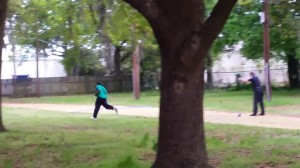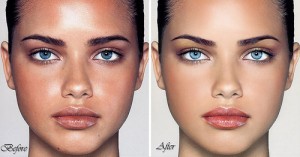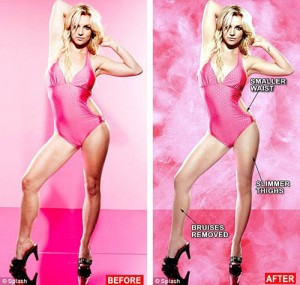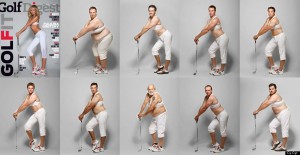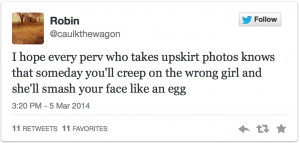By CAMILA MUNERA
The New York Times published an article on Feb. 14 remembering the Parkland Incident. It is the one-year anniversary since the devastating and heartbreaking shooting that happened at Marjory Stoneman Douglas High school in Parkland, Fla. The article written by Patricia Mazzei is beautifully written since it not only outlines the horrific events that happened this day but also shows the lasting impact one year later.
In the article, photographs are taken by Eve Edelheit. These photographs I believe are the strongest element of this article and why photography is so important in journalism. In a series of interviews nine members from the Stoneman Douglas community including students, teachers, police officers and parents reflect on this tragic event a year later. In each segment of the article there is a photo of the person interviewed and beneath is their story.
I love the way Mazzei approaches this matter because instead of writing an article explaining all the horrible events that occurred that day again— she let the people who actually experienced it be able to shine and tell their story. Reading these stories are extremely impactful hearing all the different things these people had to go through. It is important to know these stories because after this school shooting occurred, many citizens wanted to see a change but shootings in America and around the world continue today.
The photographs are mostly candid, showing the true emotions the person felt. This article felt very raw and that I could relate to these people interviewed on an emotional and personal level even though I haven’t been what they have been through. It shows again and again the courage people have when violence outbursts occur and how we all must come together in order to remain strong. I hope journalism continues to use this approach of photography and journalism merged together because it makes the article and the story itself more relatable and interesting.

